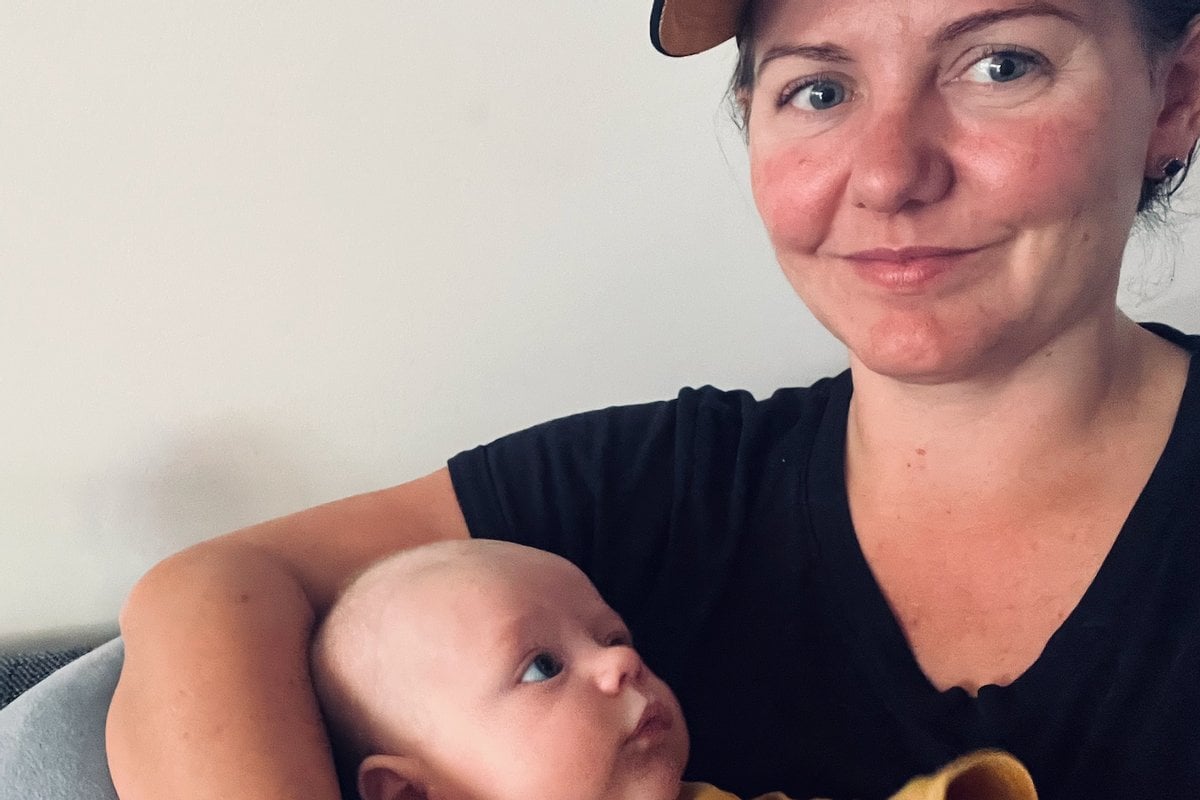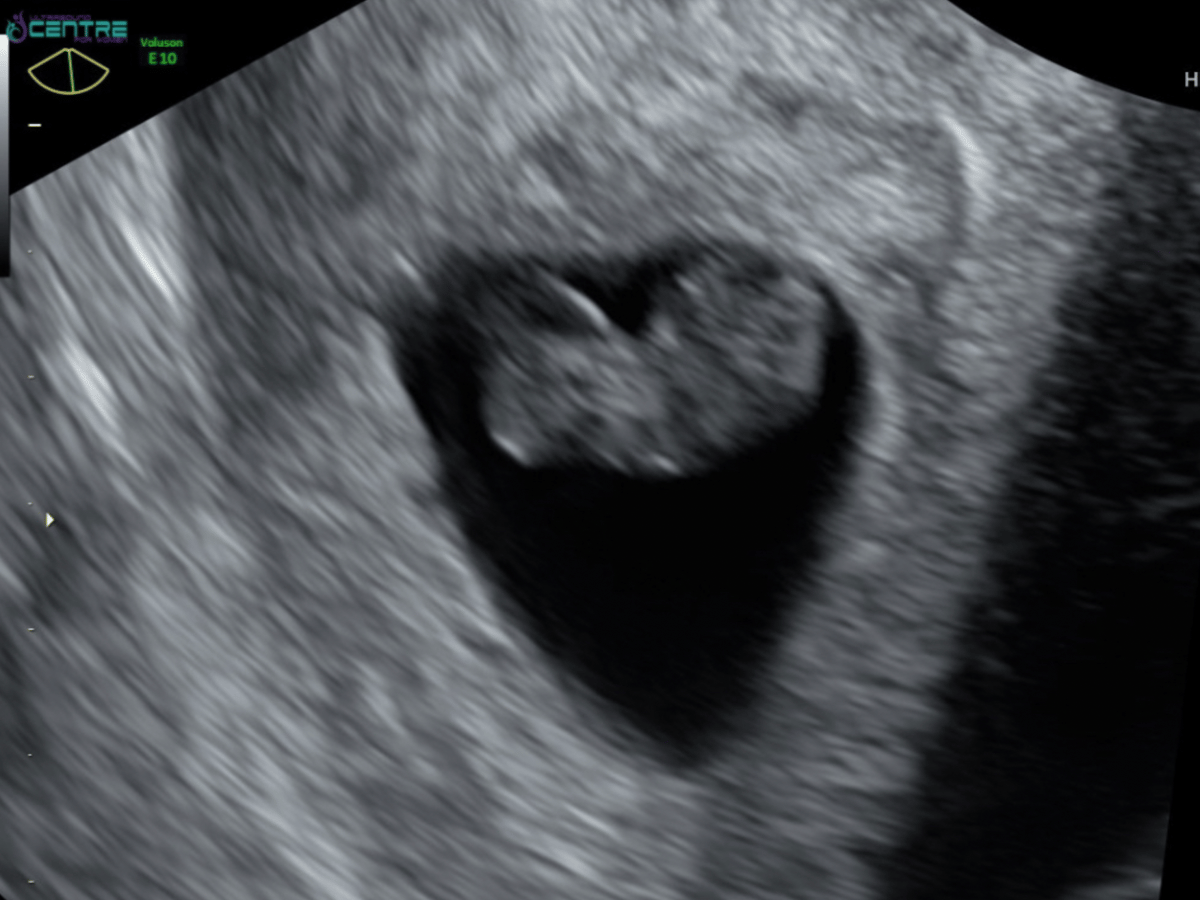
As an IVF pregnancy, my husband and I knew within a couple of weeks of conceiving that we were having ‘surprise’ twins.
What was unique and difficult about our pregnancy was that two heartbeats were detected (we saw them three times), the babies had their own sacs and placentas (Dichorionic Diamniotic, rare for identical twins) and our embryo had been pre-tested.
All of these factors which should have made our miscarriage risk significantly lower (five to 10 per cent). But sadly, that wasn't the case.
Watch: A tribute to the babies we have lost.
I experienced a 'vanishing twin miscarriage', meaning I only gave birth to one baby.
This is what I want you to know about losing a twin while still pregnant with the other.
It's more common that you think.
Vanishing twin miscarriages occur (usually) in the first trimester of an estimated 20-30 per cent of multiple pregnancies, though the real number is possibly higher. Without early scans or HCG monitoring, twins may not be detected in the first trimester or at all, leading to lower recognised occurrences.
Increasing IVF and advanced maternal age pregnancies are starting to be linked with more vanishing twin miscarriages (more twins, more monitoring).





























































































